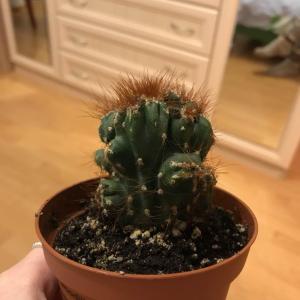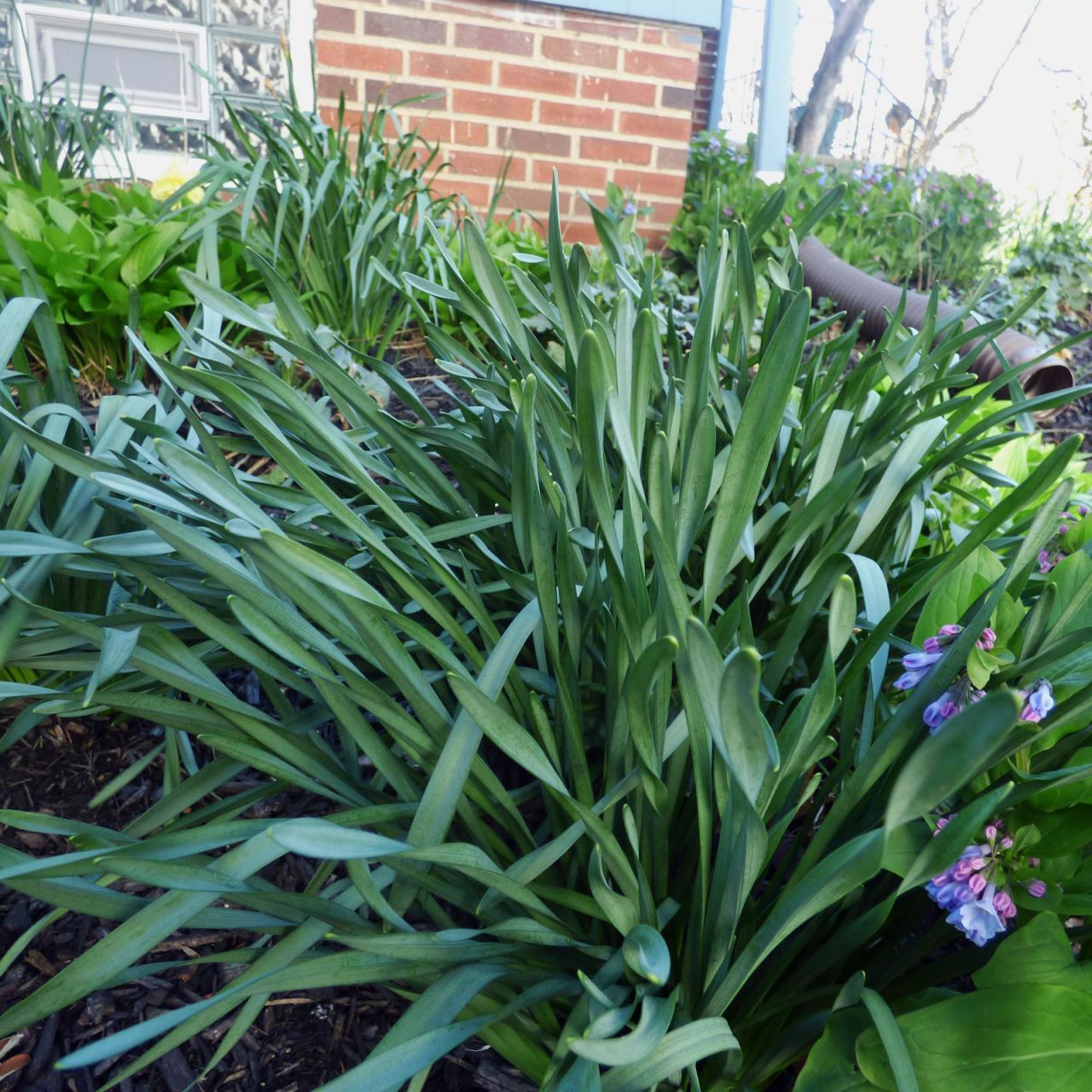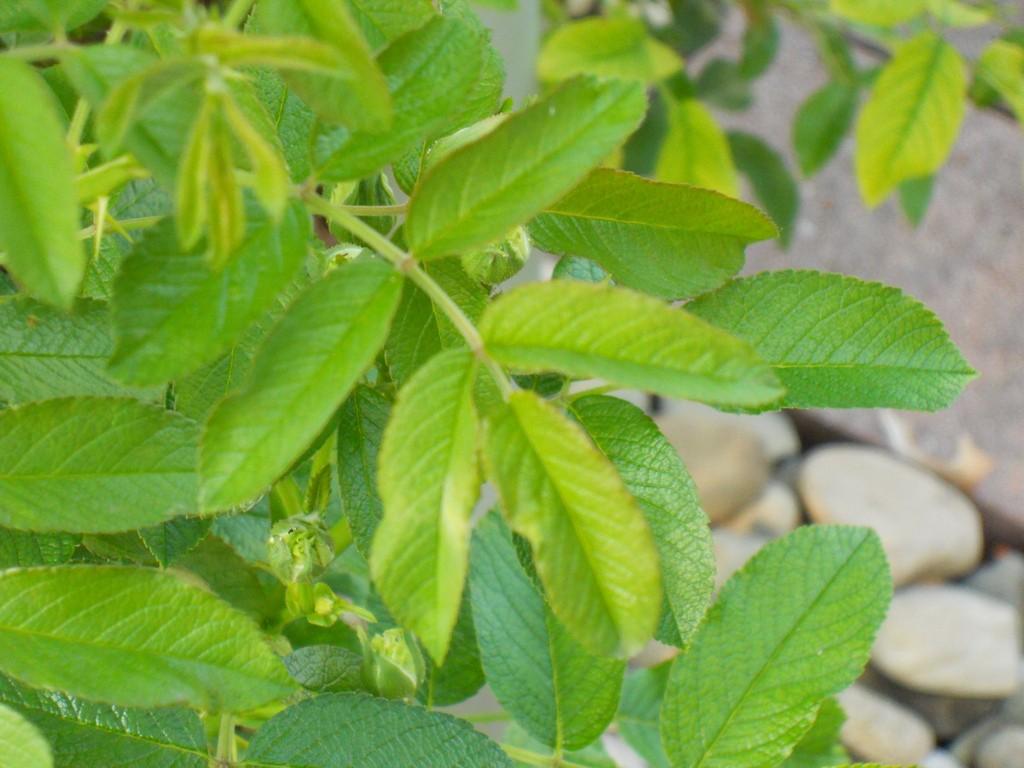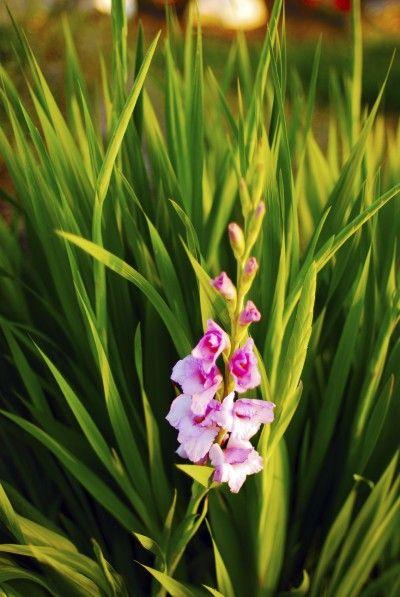文章
Miss Chen
2018年07月15日

The sour flavor experienced with some foods is due to citric acid. It can be found in many fruits and vegetables, especially citrus fruits such as lemons and oranges.

Definition
Citric acid is an organic, crystalline acid that exists in a variety of fruits and vegetables. It is colorless and is derived by fermentation of carbohydrates.
Vegetables
Citric acid can be found in beans, broccoli, carrots, potatoes, rhubarb and tomatoes. The acidity in foods can be measured in "pH" levels. The lower the pH level, the more acid is in the food. Tomatoes are high in citric acid and measure between 4.30 and 4.90 in pH level. Broccoli measures between 6.30 and 6.52 in pH level.
Preservatives
Food manufacturers add citric acid to jams, canned fruits and vegetables. Citric acid is also added to soft drinks for the sour taste.
Natural Cleansers
Many environmentally friendly products use citric acid as their cleaning agent. Citric acid can also be used for odor control.

Absorption
A person usually consumes about 500 mg citric acid per day. This is about the same as 2 ounces of orange juice. Citric acid is absorbed through the digestive tract and eliminated by the kidneys.

Definition
Citric acid is an organic, crystalline acid that exists in a variety of fruits and vegetables. It is colorless and is derived by fermentation of carbohydrates.
Vegetables
Citric acid can be found in beans, broccoli, carrots, potatoes, rhubarb and tomatoes. The acidity in foods can be measured in "pH" levels. The lower the pH level, the more acid is in the food. Tomatoes are high in citric acid and measure between 4.30 and 4.90 in pH level. Broccoli measures between 6.30 and 6.52 in pH level.
Preservatives
Food manufacturers add citric acid to jams, canned fruits and vegetables. Citric acid is also added to soft drinks for the sour taste.
Natural Cleansers
Many environmentally friendly products use citric acid as their cleaning agent. Citric acid can also be used for odor control.

Absorption
A person usually consumes about 500 mg citric acid per day. This is about the same as 2 ounces of orange juice. Citric acid is absorbed through the digestive tract and eliminated by the kidneys.
0
0
文章
Miss Chen
2018年04月18日

The definition of a vegetable is any edible portion of a plant that does not include a sweet fruit or seed. Vegetables typically consist of leafy, root and stem sections of plants; however, some plants labeled as vegetables are fruits by botanical definition. These mislabeled fruits are plants that contain seeds, but for culinary purposes, are vegetables because the plants lack sweetness.
Tomatoes

Tomatoes are one of the most popular vegetables grown in home gardens, according to the University of Illinois. This warm season perennial has hundreds of cultivars in numerous shapes, sizes and colors. Tomatoes originate from South America and belong to the Solanaceae plant family. Tomatoes plants fall into two categories: determinate and indeterminate. Determinate tomato plants develop flower clusters that stop the growth of the plant vertically. Indeterminate tomato plants form lateral flower clusters that prevent horizontal growth but allow vertical. Some tomato plants need caging or staking because of the weight of the plant.
Peppers

Peppers are tender vegetables planted as warm season crops and are native to Mexico, Central and South America. These multi-purpose seed-containing vegetables belong to the Solanaceae plant family. Peppers come in multiple sizes and shapes including species like bell, sweet and hot peppers. Bell peppers include bell boy and lady bell cultivars. Sweet peppers used in salads are banana peppers and gypsy. Hot peppers entail varieties like jalapeno, red chili and cayenne. Peppers enjoy well-draining fertile soil with ample moisture.
Eggplants

Eggplants are part of the Solanaceae plant family. These purple and white colored cold-seasoned vegetables are native to India, Pakistan, Sri Lanka, Nepal and Bangladeshis. Eggplants come in many varieties including large oval-shaped, elongated and small oval-shaped. Smaller species have the ability to grow in containers. Eggplants require a nitrogen-based fertilizer with plenty of moisture. These seed-bearing vegetables enjoy the hot conditions of summer and need a long growing season. Two typical problems with eggplant crops are the verticillium wilt, a plant disease, and flea beetles.
Cucumbers

Cucumbers are warm-seasoned vegetables that originate from India. This dark green cylindrical vegetable from the Cucurbitaceae family develops from creeping vines. Cucumbers come in many varieties including long green slicing, compact long green slicing and pickling. Burpless is a long green slicing hybrid cucumber that takes 62 days to harvest, fanfare is a compact long green slicing hybrid that is disease resistant, and Carolina is a medium-sized pickling cucumber. Cucumbers also come in an assortment of dwarf cultivars. Cucumbers have shallow roots; therefore, they need plenty of moisture.
Tomatoes

Tomatoes are one of the most popular vegetables grown in home gardens, according to the University of Illinois. This warm season perennial has hundreds of cultivars in numerous shapes, sizes and colors. Tomatoes originate from South America and belong to the Solanaceae plant family. Tomatoes plants fall into two categories: determinate and indeterminate. Determinate tomato plants develop flower clusters that stop the growth of the plant vertically. Indeterminate tomato plants form lateral flower clusters that prevent horizontal growth but allow vertical. Some tomato plants need caging or staking because of the weight of the plant.
Peppers

Peppers are tender vegetables planted as warm season crops and are native to Mexico, Central and South America. These multi-purpose seed-containing vegetables belong to the Solanaceae plant family. Peppers come in multiple sizes and shapes including species like bell, sweet and hot peppers. Bell peppers include bell boy and lady bell cultivars. Sweet peppers used in salads are banana peppers and gypsy. Hot peppers entail varieties like jalapeno, red chili and cayenne. Peppers enjoy well-draining fertile soil with ample moisture.
Eggplants

Eggplants are part of the Solanaceae plant family. These purple and white colored cold-seasoned vegetables are native to India, Pakistan, Sri Lanka, Nepal and Bangladeshis. Eggplants come in many varieties including large oval-shaped, elongated and small oval-shaped. Smaller species have the ability to grow in containers. Eggplants require a nitrogen-based fertilizer with plenty of moisture. These seed-bearing vegetables enjoy the hot conditions of summer and need a long growing season. Two typical problems with eggplant crops are the verticillium wilt, a plant disease, and flea beetles.
Cucumbers

Cucumbers are warm-seasoned vegetables that originate from India. This dark green cylindrical vegetable from the Cucurbitaceae family develops from creeping vines. Cucumbers come in many varieties including long green slicing, compact long green slicing and pickling. Burpless is a long green slicing hybrid cucumber that takes 62 days to harvest, fanfare is a compact long green slicing hybrid that is disease resistant, and Carolina is a medium-sized pickling cucumber. Cucumbers also come in an assortment of dwarf cultivars. Cucumbers have shallow roots; therefore, they need plenty of moisture.
0
0
求助
Avacha
2018年01月14日

The spines of the cactus are soft, not prickly at all. I can’t define the species 🤨 #cactus #species #definition


1
0
文章
绿手指客服
2017年11月17日

GFinger VIP function on the line, in order to bring better user experience, green fingers newly launched the VIP function
Here is to introduce this new function for you
Upload HD photos
Users can upload and download high-definition pictures, let Gfingers become your high-definition picture of the cloud library, save mobile phone space, clear record of flowers every moment!
Modification dairy date
Users can modify the date of their own growing up at any time, in your busy, can not carefully record the growing days of plants, to help you restore the precise state of the plant daily.
Watermark settings
Users can enjoy the privileges of adding user name watermark and not allowing others to save their own pictures. Make your pictures clear and protected by copyright.More preservation of pictures, no watermarks, pictures perfect preservation, give you a more comfortable user experience.
Blacklist settings
To VIP users more perfect user rights processing, pull black do not like the user.
Delete comments
VIP users can delete their favorite comments. Your comment is up to you!
Flower recycling station
The flowers VIP recovery can be used to store the new user station is already dead or deleted the memorial plant, you have plants, and plants along the old time record.
Remove advertising
VIP users can enjoy the advertising function. During the use of green fingers, do not be disturbed by advertising, give you more comfortable and efficient application experience.

The Gfinger aims to provide better functionality and services for the flower friends, but Gfingers also need to survive and grow, and need to increase revenue through advertising and other means,You can buy VIP services to completely bid farewell to pop-up ads, as well as upload and download high-definition pictures, watermark settings and other functions, Gfingers also want to have your understanding and support,Let us introduce more and better functions to serve you, thank you for your use!
Here is to introduce this new function for you
Upload HD photos
Users can upload and download high-definition pictures, let Gfingers become your high-definition picture of the cloud library, save mobile phone space, clear record of flowers every moment!
Modification dairy date
Users can modify the date of their own growing up at any time, in your busy, can not carefully record the growing days of plants, to help you restore the precise state of the plant daily.
Watermark settings
Users can enjoy the privileges of adding user name watermark and not allowing others to save their own pictures. Make your pictures clear and protected by copyright.More preservation of pictures, no watermarks, pictures perfect preservation, give you a more comfortable user experience.
Blacklist settings
To VIP users more perfect user rights processing, pull black do not like the user.
Delete comments
VIP users can delete their favorite comments. Your comment is up to you!
Flower recycling station
The flowers VIP recovery can be used to store the new user station is already dead or deleted the memorial plant, you have plants, and plants along the old time record.
Remove advertising
VIP users can enjoy the advertising function. During the use of green fingers, do not be disturbed by advertising, give you more comfortable and efficient application experience.

The Gfinger aims to provide better functionality and services for the flower friends, but Gfingers also need to survive and grow, and need to increase revenue through advertising and other means,You can buy VIP services to completely bid farewell to pop-up ads, as well as upload and download high-definition pictures, watermark settings and other functions, Gfingers also want to have your understanding and support,Let us introduce more and better functions to serve you, thank you for your use!
6
2
文章
Dummer. ゛☀
2017年09月23日

What is a blind plant? Plant blindness is not visually challenged flora. Non-blooming of plants that should bloom is the actual definition of plant blindness. The reason some plants fail to bloom can be caused by many situations. Let’s work together to discover the answers and causes to this disappointing bloom issue.
There is nothing more exciting than the first blooms of spring and few things more discouraging than the failure of a favorite plant to produce flowers. Blind shoots form at the end of many types of plants, resulting in a lack of flowers. Bulbs, like daffodils, also go blind suddenly one season and form copious foliage but no blooms. There are a variety of factors that can cause this. Some of them are correctable and some of them are the capriciousness of nature.
What is a Blind Plant?
To answer this question we need to observe the basic rules of bloom formation. The non-blooming of plants, or plant blindness, is found in a host of plant specimens. You may first notice it in bulbs, which once performed beautifully year after year, but now fail to bloom. In order for any plant to produce flowers, it needs adequate soil and exposure, water, nutrients and temperature. A bulb is a perfect little system for nutrient storage and it is this stored material which fuels the blooms. Similarly, other flowering plants uptake energy from the soil or the addition of fertilizer, to stimulate blooming. There are some steps you can take when plants fail to bloom but some are just plants prone to blindness.
Causes of Plant Blindness
Any atmospheric changes may prevent a plant from blooming. Temperature, inadequate moisture, genetic factors, pests, disease and many other causes may form a blind plant. Some plants prone to blindness are fruiting plants, such as tomatoes. When they fail to bloom, you will not get fruit. Sometimes pinching off side shoots helps, but often it is just an anomaly and you will have to get another plant. Blind shoots from roses have been studied as grafted plants and the resulting offspring were found to produce even more blooms than cuttings from flowering plants. This should be encouraging and seems to point out that blind plants are not useless but can be the source of propagation material.
Preventing Plant Blindness
There is no surefire way of preventing plant blindness. Providing supplemental fertilizer or a bloom food can increase the chances of blooms. Proper pruning techniques will help you avoid cutting off the bloom sites on your plants. For instance, some plants bloom off of old wood only, so you don’t want to accidentally cut that portion off until after the bloom period. Spur pruning can help increase bloom in apples and other fruiting trees. Potted bloomers should be replanted every year when dormant and given fresh nutrient rich soil with compost mixed in to help feed the process.
There are also chemicals, called primers, which can help decrease the incidence of blind plants at germination but these seem to be limited to commercial use. The frustrated gardener should try these tips and wait until the following year and see if you get blooms. If heroic garden efforts fail to awake the late bloomer, it might be time to compost the reluctant plant in favor of a more reliable flower producer.

There is nothing more exciting than the first blooms of spring and few things more discouraging than the failure of a favorite plant to produce flowers. Blind shoots form at the end of many types of plants, resulting in a lack of flowers. Bulbs, like daffodils, also go blind suddenly one season and form copious foliage but no blooms. There are a variety of factors that can cause this. Some of them are correctable and some of them are the capriciousness of nature.

What is a Blind Plant?
To answer this question we need to observe the basic rules of bloom formation. The non-blooming of plants, or plant blindness, is found in a host of plant specimens. You may first notice it in bulbs, which once performed beautifully year after year, but now fail to bloom. In order for any plant to produce flowers, it needs adequate soil and exposure, water, nutrients and temperature. A bulb is a perfect little system for nutrient storage and it is this stored material which fuels the blooms. Similarly, other flowering plants uptake energy from the soil or the addition of fertilizer, to stimulate blooming. There are some steps you can take when plants fail to bloom but some are just plants prone to blindness.

Causes of Plant Blindness
Any atmospheric changes may prevent a plant from blooming. Temperature, inadequate moisture, genetic factors, pests, disease and many other causes may form a blind plant. Some plants prone to blindness are fruiting plants, such as tomatoes. When they fail to bloom, you will not get fruit. Sometimes pinching off side shoots helps, but often it is just an anomaly and you will have to get another plant. Blind shoots from roses have been studied as grafted plants and the resulting offspring were found to produce even more blooms than cuttings from flowering plants. This should be encouraging and seems to point out that blind plants are not useless but can be the source of propagation material.

Preventing Plant Blindness
There is no surefire way of preventing plant blindness. Providing supplemental fertilizer or a bloom food can increase the chances of blooms. Proper pruning techniques will help you avoid cutting off the bloom sites on your plants. For instance, some plants bloom off of old wood only, so you don’t want to accidentally cut that portion off until after the bloom period. Spur pruning can help increase bloom in apples and other fruiting trees. Potted bloomers should be replanted every year when dormant and given fresh nutrient rich soil with compost mixed in to help feed the process.

There are also chemicals, called primers, which can help decrease the incidence of blind plants at germination but these seem to be limited to commercial use. The frustrated gardener should try these tips and wait until the following year and see if you get blooms. If heroic garden efforts fail to awake the late bloomer, it might be time to compost the reluctant plant in favor of a more reliable flower producer.
1
1
文章
Dummer. ゛☀
2017年09月22日

Succulent plants store water in their tissue. That, by definition, is what makes it a succulent plant. Succulents use the water they store in their tissue to help them survive long, dry periods. Since cacti and other succulents as a general rule grow in dry places, they take up water through their roots very quickly and efficiently. On the other hand, they do not have the ability to quickly get rid of excess water. While this all works out fine in the wild, when csucculents are grown in cultivation, people can supply more water than the succulents needs. This is actually a common situation and the plants in cultivation look plump and happy compared to their habitat counterparts.
But the real problems start when people don’t just give their succulent more water than it needs, but more water than it can handle. This is overwatering. When a succulent is overwatered, it will swell up more and more and often times the cactus stem will become so saturated that it splits open in one or more places. While a succulent can usually recover from this, the other result of overwatering (especially when combined with cold temperatures) is rot. Sometimes just the roots will rot off, but often times the whole plant will turn to mush.
Treatment
The first thing to do with an overwatered cactus or other succulent is stop watering it! In most cases, repotting would also be a good idea. When the plant is unpotted, you can let it stay unpotted to dry out for a week or two and then repot it. If the plant body has split in any place, the damage is permanent and there is nothing you can do but let it scar over. If the plant has started to rot, saving the plant will depend on how far the rot has set in.

But the real problems start when people don’t just give their succulent more water than it needs, but more water than it can handle. This is overwatering. When a succulent is overwatered, it will swell up more and more and often times the cactus stem will become so saturated that it splits open in one or more places. While a succulent can usually recover from this, the other result of overwatering (especially when combined with cold temperatures) is rot. Sometimes just the roots will rot off, but often times the whole plant will turn to mush.

Treatment
The first thing to do with an overwatered cactus or other succulent is stop watering it! In most cases, repotting would also be a good idea. When the plant is unpotted, you can let it stay unpotted to dry out for a week or two and then repot it. If the plant body has split in any place, the damage is permanent and there is nothing you can do but let it scar over. If the plant has started to rot, saving the plant will depend on how far the rot has set in.

2
2
文章
Dummer. ゛☀
2017年09月19日

Succulent plants store water in their tissue. That, by definition, is what makes it a succulent plant. Succulents use the water they store in their tissue to help them survive long, dry periods. Since cacti and other succulents as a general rule grow in dry places, they take up water through their roots very quickly and efficiently. On the other hand, they do not have the ability to quickly get rid of excess water. While this all works out fine in the wild, when csucculents are grown in cultivation, people can supply more water than the succulents needs. This is actually a common situation and the plants in cultivation look plump and happy compared to their habitat counterparts.
But the real problems start when people don’t just give their succulent more water than it needs, but more water than it can handle. This is overwatering. When a succulent is overwatered, it will swell up more and more and often times the cactus stem will become so saturated that it splits open in one or more places. While a succulent can usually recover from this, the other result of overwatering (especially when combined with cold temperatures) is rot. Sometimes just the roots will rot off, but often times the whole plant will turn to mush.
Treatment
The first thing to do with an overwatered cactus or other succulent is stop watering it! In most cases, repotting would also be a good idea. When the plant is unpotted, you can let it stay unpotted to dry out for a week or two and then repot it. If the plant body has split in any place, the damage is permanent and there is nothing you can do but let it scar over. If the plant has started to rot, saving the plant will depend on how far the rot has set in.

But the real problems start when people don’t just give their succulent more water than it needs, but more water than it can handle. This is overwatering. When a succulent is overwatered, it will swell up more and more and often times the cactus stem will become so saturated that it splits open in one or more places. While a succulent can usually recover from this, the other result of overwatering (especially when combined with cold temperatures) is rot. Sometimes just the roots will rot off, but often times the whole plant will turn to mush.

Treatment
The first thing to do with an overwatered cactus or other succulent is stop watering it! In most cases, repotting would also be a good idea. When the plant is unpotted, you can let it stay unpotted to dry out for a week or two and then repot it. If the plant body has split in any place, the damage is permanent and there is nothing you can do but let it scar over. If the plant has started to rot, saving the plant will depend on how far the rot has set in.

2
3




